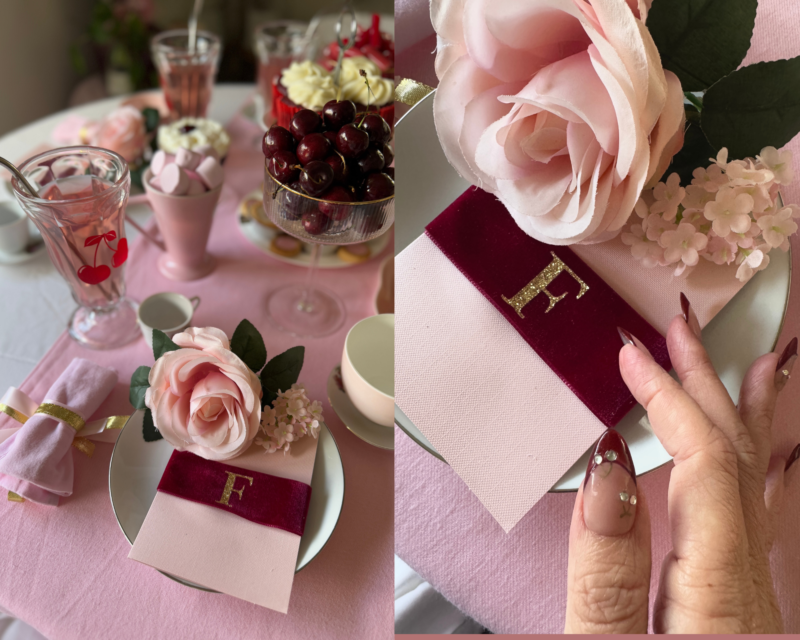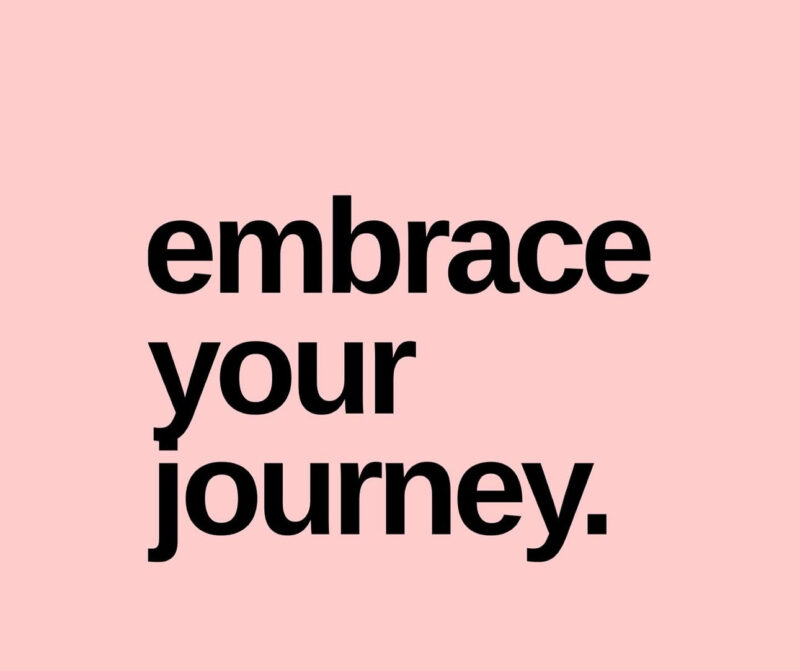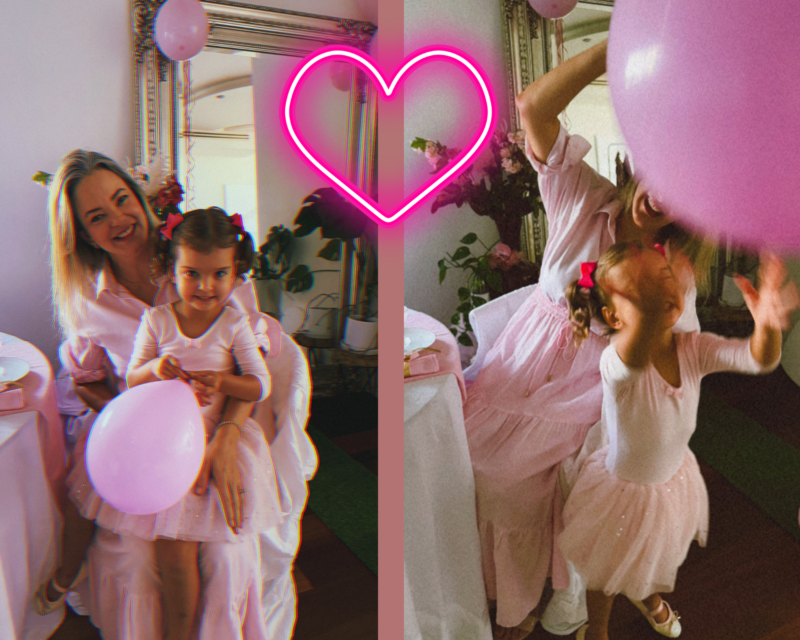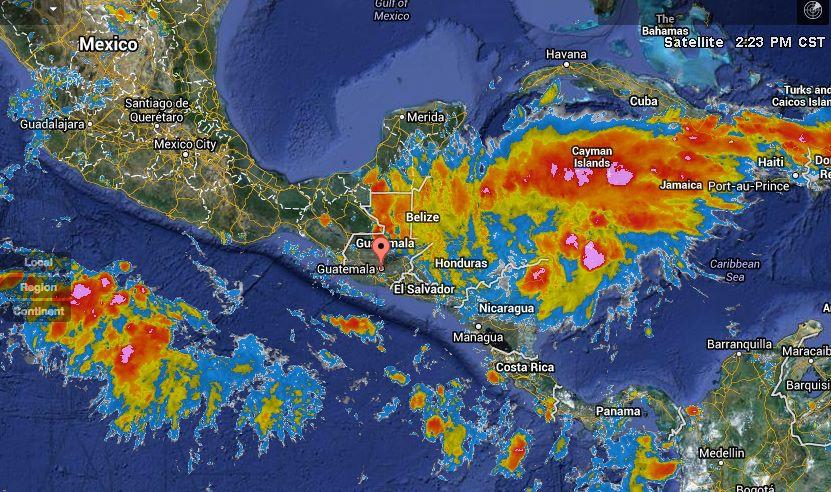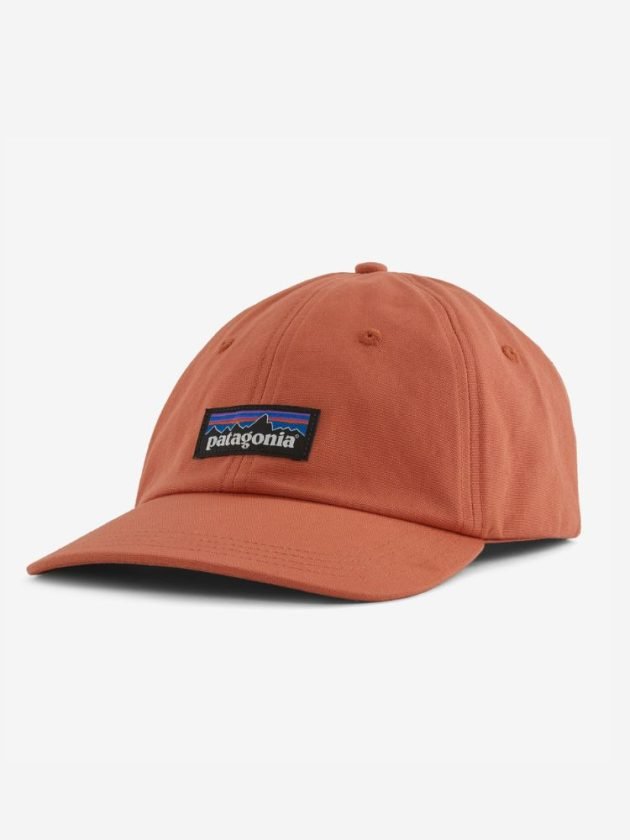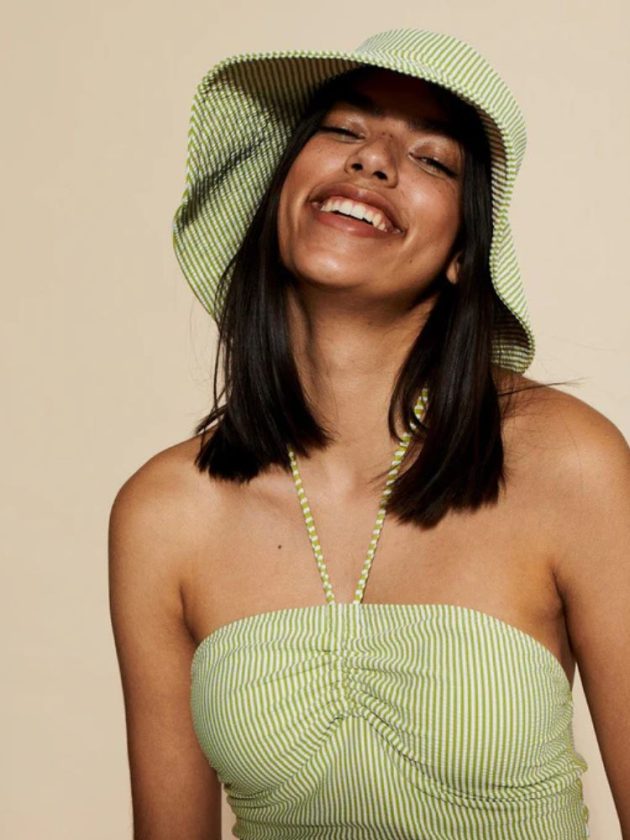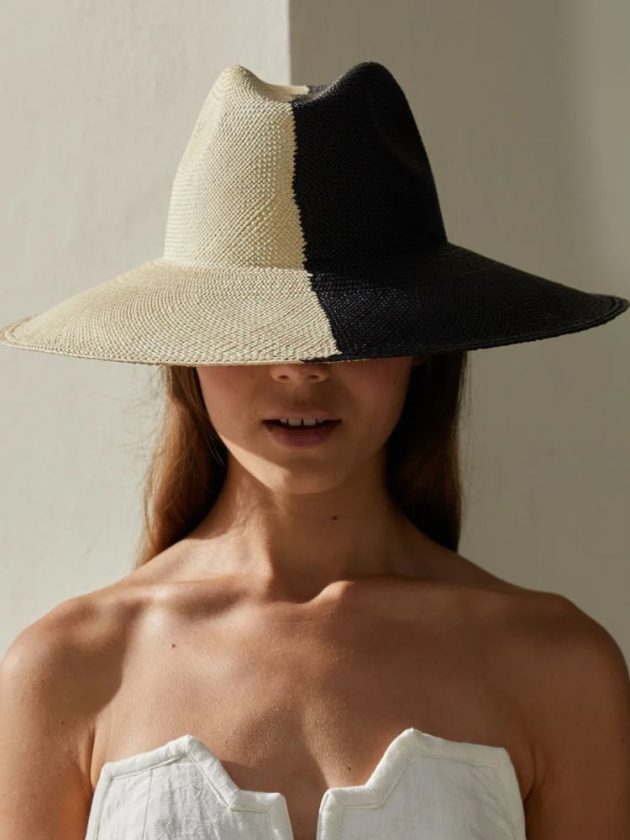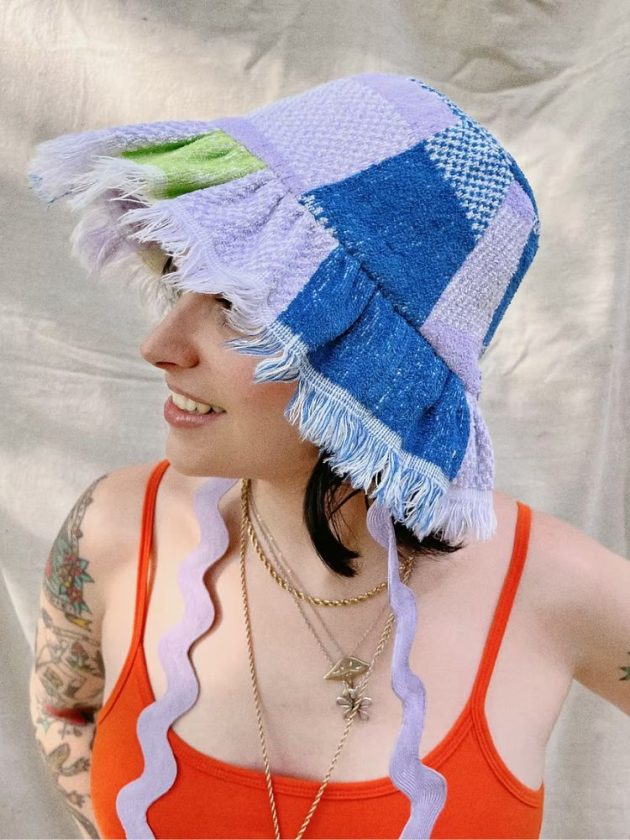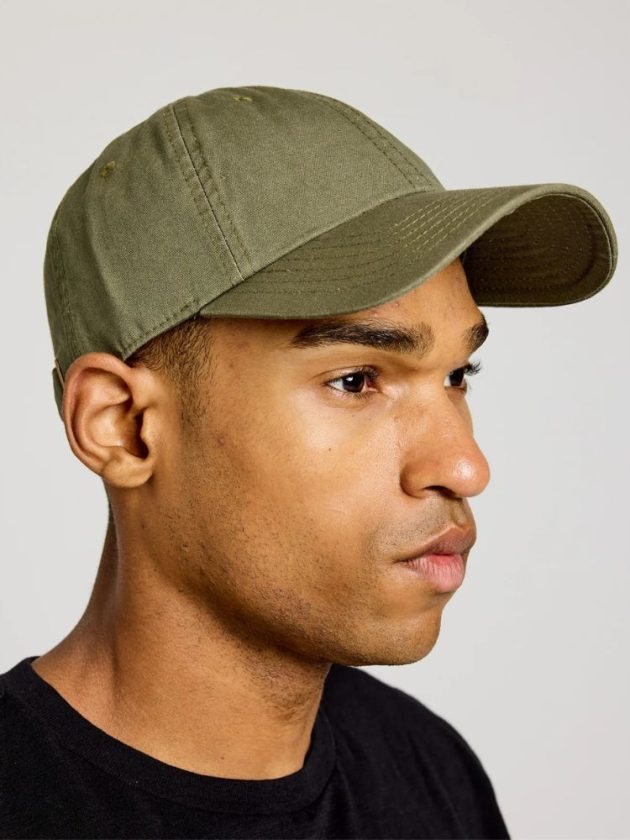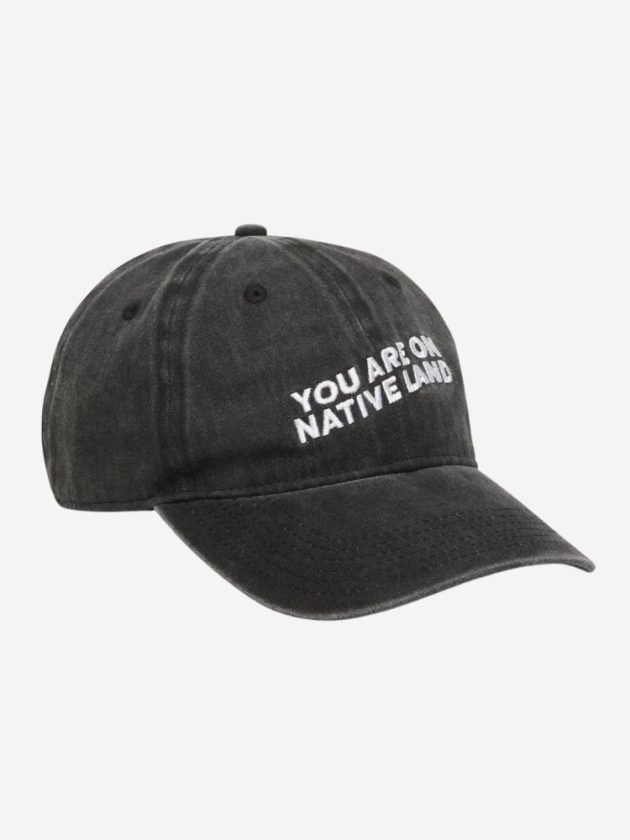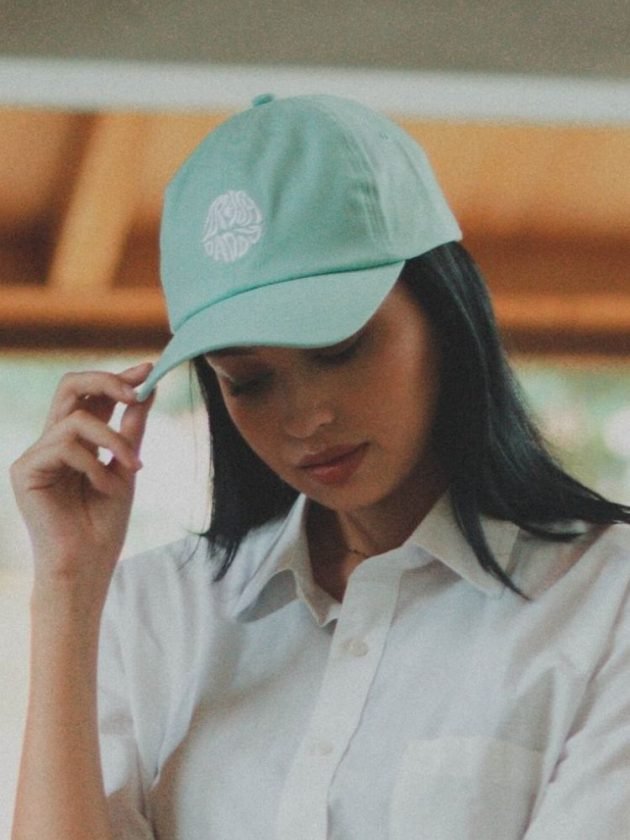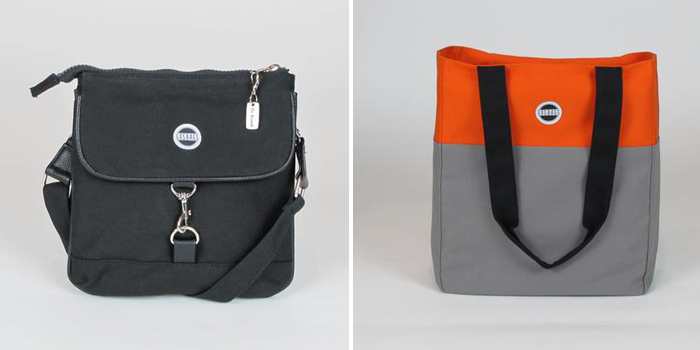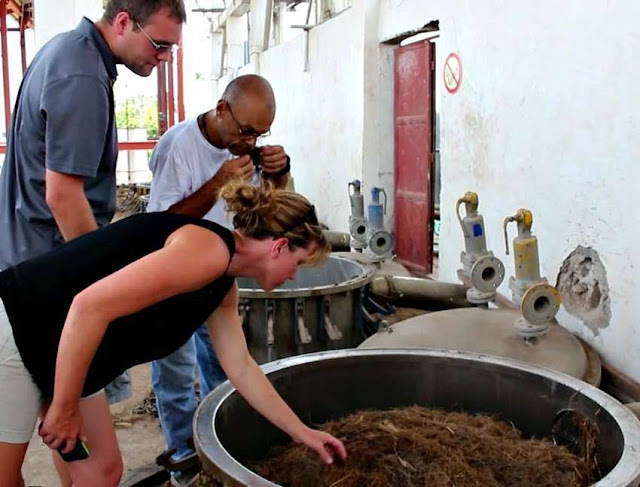This week I did an easy and super sweet Valentine’s Day Makeup look using some of my new favorite clean beauty products. I also received a couple of packages that I incorporate into this video to review and style. One trend I am absolutely loving is maskerize! Mask accessorizing with jewelry to keep your mask game on point. I link everything down below. Lots of love to you in this month of February. xx
Affiliate Links: I receive a small % of commission from anything bought via the affiliate links below (denoted with *). It costs you no more. Gifts: Anything labelled with * denotes a PR Gift.
Valentine’s Day Makeup* https://www.beautyscripts.com/bx/scri…
Mask Chains & Jewelry* https://musesandrebels.com/collection…
Eco Knickers* https://shareasale.com/r.cfm?b=1394995&u=2404699&m=90461&urllink=&afftrack=




